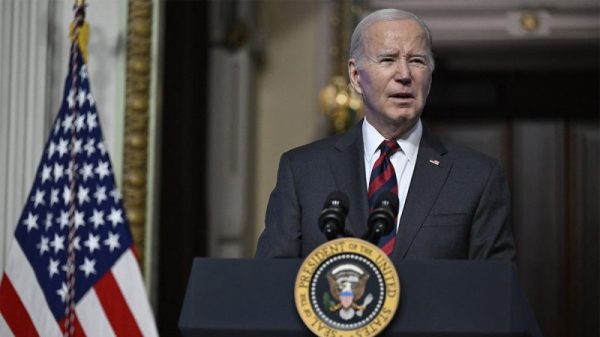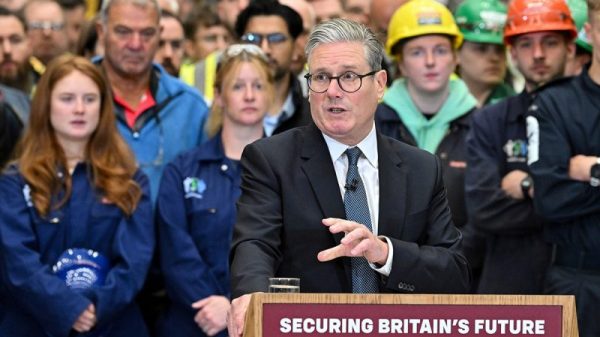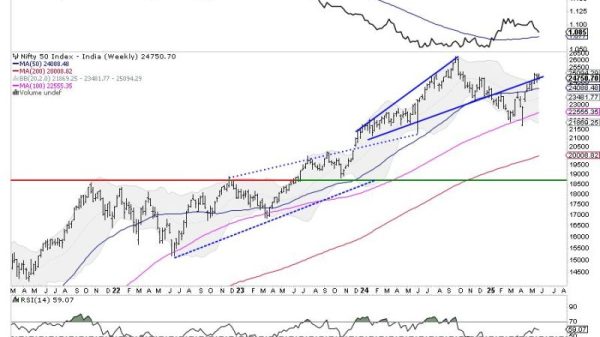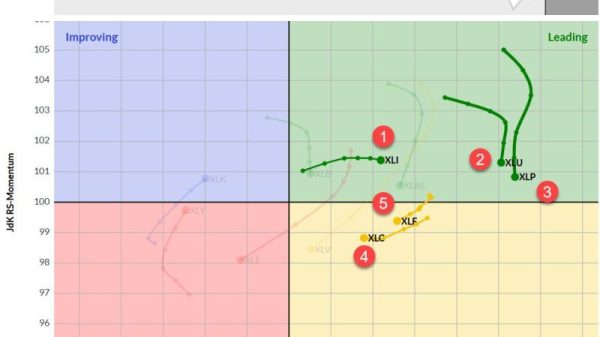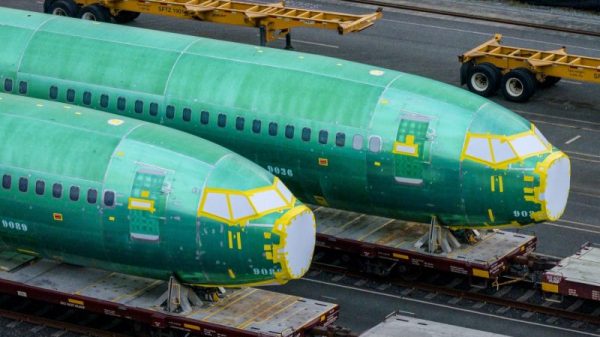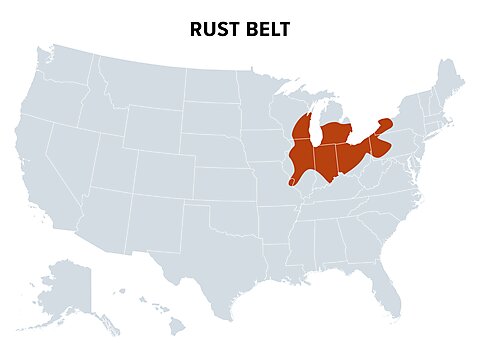Norbert Michel and Jerome Famularo
Supporters often justify the Trump administration’s trade policies by claiming that increased trade with China, starting in 2001, decimated US manufacturing. But as this blog post shows, there are many reasons to doubt this “China shock” story. (For more reasons, see this post by Scott Winship and Bryan Riley.)
For starters, the broader trend away from reliance on manufacturing jobs, with a heavier reliance on service jobs, started long before increased trade with China, NAFTA, or even the free-market-friendly Reagan administration. Figure 1 shows how the manufacturing share of total employment has been shrinking during the entire post-WWII period, while the share for services has been increasing.
From 1939 to 2024, the total number of jobs in the United States climbed from 30.6 million to nearly 158 million, a more than five-fold increase. In fact, as of 2024, there were four times the number of service sector jobs in the United States than there were total jobs in 1939.
The decline in the manufacturing share of the US economy is part of a worldwide trend where agricultural economies industrialize and then shift from industry to services. (Economists refer to this general trend as structural transformation.) Of course, during any period of pivotal change, there are those who wish to return to an earlier mode of production, but such a return would come with a reversal of higher living standards.
Nonetheless, many people still equate the “China shock” story with manufacturing declines in the Midwestern states known as the Rust Belt. But the Rust Belt states have a union problem. That is, a stronger union presence and labor conflict in the Rust Belt states may have hastened de-industrialization in those states. Put differently, excessive unionization may have helped create the Rust Belt.
As Figure 2 shows, the Rust Belt states historically had much higher union coverage compared to southern states. This difference made—and still makes—southern states much friendlier to manufacturing investment.
As Middlebury College Professor Gary Winslett recently pointed out in the Washington Post, much of the manufacturing decline in the Rust Belt states was picked up by states in the South. Winslett notes that, “In 1970, the Rust Belt was responsible for nearly half of all manufacturing exports while the South produced less than a quarter.”
Over the next few decades, however, those trends reversed. As Figure 3 shows, by 2021, the South produced 36 percent of US exports, while the Rust Belt produced just 21 percent. (Keep in mind, this reversal occurred while exports (and imports) were increasing, GDP was rising, income was growing, and the overall reliance on manufacturing jobs was declining.)
Winslett also cites research that suggests union-driven work stoppages negatively affected economic growth in the Rust Belt. The evidence suggests that nearly all of the decline in manufacturing employment between 1950 and 1980 can be attributed to union activity. While the Rust Belt share of US employment declined 14.3 percentage points between 1950 and 1980, absent the union hold-up, the share would have only declined 0.9 percentage points.
The study also mentions that while the Rust Belt’s share of employment declined 12 percentage points from 1950 to 1985, it only declined 3 percentage points afterwards. The authors of the study attribute this change to an improvement in union-management relationships during the latter period, one that led to fewer strikes. Regardless, most of the decline in the Rust Belt’s share of US employment occurred long before the start of any alleged “China shock.”
Interestingly, even the foreign companies that started manufacturing facilities in the United States chose to locate in the South, where union coverage was lower. For instance, Asian automotive companies, such as Honda, Hyundai-Kia, Mazda, Toyota, and Nissan, and European automotive companies, such as Volkswagen, BMW, and Mercedes-Benz, all launched manufacturing facilities in the South.
Finally, another big problem with the “China shock” narrative is that the overall employment changes during the period were largely balanced. That is, any negative employment effects from increased import competition were offset by a corresponding increase in exports and export-related jobs. (This offsetting effect occurred even with the lingering labor market problems from the Great Recession.)
Overall, the evidence simply does not support that increased trade with China decimated manufacturing in the United States. Even the job losses concentrated in the Rust Belt, whatever their cause, were offset by new jobs in the South. The net effect of these changes has made Americans richer, and policies designed to shrink trade will only make Americans poorer.




